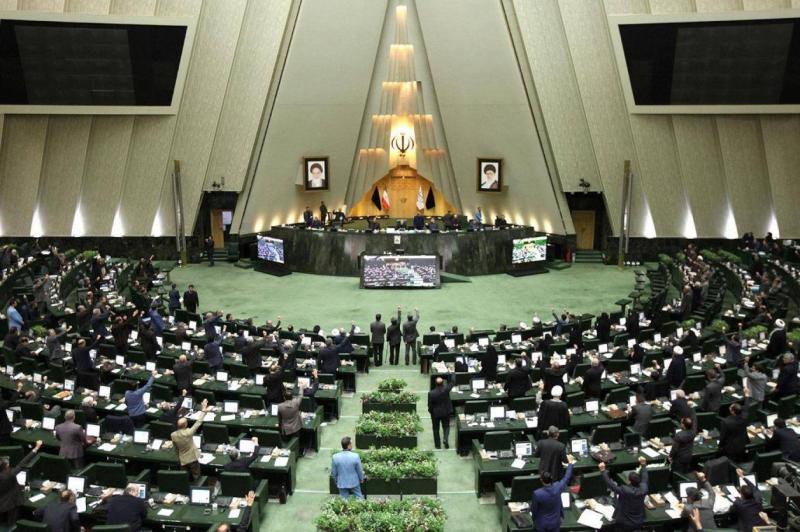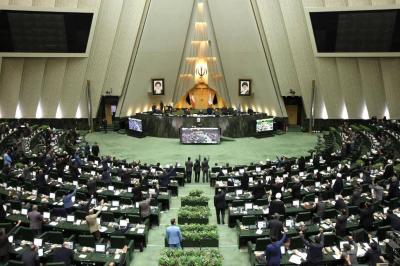The incident involving the helicopter crash that carried Iranian President Ebrahim Raisi, his foreign minister, and several officials raised questions about the management of the country in Raisi's absence. The Iranian constitution stipulates that a temporary committee will assume presidential duties if the Iranian president cannot exercise his powers for two months for any reason.
According to Article 131, a committee will take on the responsibilities of the president in the case of his death, absence, or illness lasting over two months, or if the president's term ends without a new president being elected. The committee will be chaired by the Iranian Vice President with the approval of the Supreme Leader and will include the Speaker of Parliament and the Head of the Judicial Authority. The Vice President is required to organize presidential elections within 50 days.
As per Article 131, the Supreme Leader can directly assume all presidential powers himself or appoint a new official if the Vice President cannot exercise his powers adequately. Article 113 of the Iranian constitution states that the Iranian president is the highest official in the country after the Supreme Leader, bearing the responsibility of executing the constitution and overseeing the executive branch (government), except in matters reserved for the Supreme Leader.
Iran faced this scenario for the first time after the dismissal of former President Abolhassan Banisadr, who was ousted by the first Supreme Leader, Khomeini, on charges of betraying the principles of the Iranian revolution.




